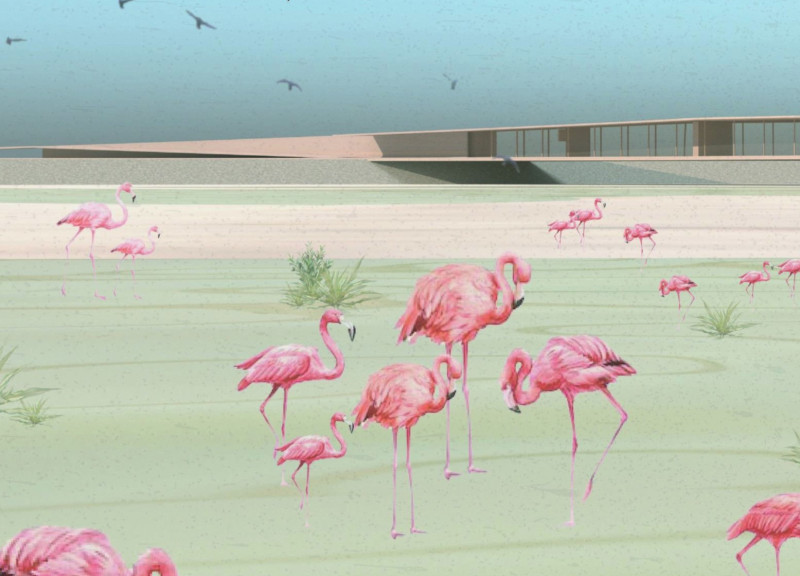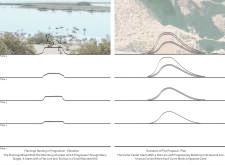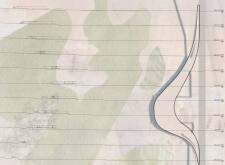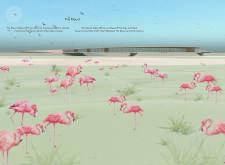5 key facts about this project
The design encapsulates a modern ethos while respecting its context, taking cues from the local architectural vernacular. The overall structure is characterized by clean lines and a balanced composition, which contributes to its understated elegance. The use of a cohesive material palette underscores the project's commitment to sustainability and durability, employing materials such as reinforced concrete, glass, timber, and steel. Each material is selected not only for its aesthetic qualities but also for its performance characteristics, ensuring that the building is resilient and adaptable.
A close examination of the project reveals a variety of key design elements that contribute to its functionality and charm. Large windows punctuate the facade, allowing natural light to flood the interior spaces while providing occupants with expansive views of the surroundings. This intentional integration of outdoor vistas encourages a connection with nature, enhancing the user experience within the space. Moreover, the strategic placement of these openings aids in passive ventilation, contributing to the environmental sustainability of the design.
Consideration for the landscape surrounding the architecture plays a significant role in the overall vision. The project features thoughtfully designed outdoor areas that encourage social interaction and serve as extensions of the indoor spaces. These areas are carefully landscaped with native plant species, promoting biodiversity and minimizing water use, further demonstrating the project's environmental consciousness.
The interior layout is meticulously crafted, featuring open-concept spaces that foster collaboration and adaptability. Each area is designed with flexibility in mind, allowing for diverse uses as needs change over time. The incorporation of multifunctional spaces reflects a contemporary understanding of how people engage with architecture in their daily lives, emphasizing the importance of creating environments that can evolve.
Unique design approaches are evident throughout the project, particularly in the use of sustainable practices integrated into the construction process. The architect prioritizes energy efficiency through the implementation of renewable energy systems, such as solar panels, alongside high-performance insulation materials that reduce the building's overall carbon footprint. This innovative approach not only addresses pressing environmental concerns but also sets a standard for future architectural endeavors.
The project emphasizes a strong connection to its geographical location, deeply informed by the cultural and historical context of the surrounding area. Incorporating local materials and craftsmanship is a deliberate choice that fosters a sense of place, celebrating the region's heritage while maintaining a forward-looking perspective.
In this careful synthesis of architectural elements, the project emerges as a commendable representation of contemporary design principles. By prioritizing sustainability, user engagement, and contextual relevance, it paves the way for future architectural considerations that respect both environment and community. Those interested in delving deeper into the intricacies of this architectural design are encouraged to explore detailed presentations of architectural plans, architectural sections, and architectural ideas that showcase the full breadth of this project’s vision and execution.


























